
Bedfordshire Police is the territorial police force responsible for policing the ceremonial county of Bedfordshire in England, which includes the unitary authorities of Bedford, Central Bedfordshire and Luton. Its headquarters are in Kempston, Bedfordshire.

Cleveland Police is the territorial police force responsible for the policing area corresponding to the former county of Cleveland in Northern England. As of September 2017, the force had 1,274 police officers, 278 police staff, 124 police community support officers and 64 special constables. In the 2019 annual assessment by Her Majesty's Inspectorate of Constabulary, Cleveland Police was rated 'inadequate' overall and rated 'inadequate' in all review areas.
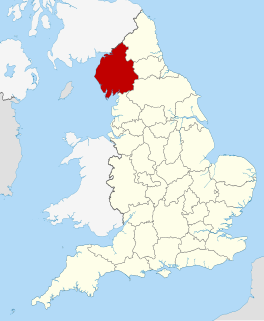
Cumbria Constabulary is the territorial police force in England covering Cumbria. As of September 2017, the force had 1,108 police officers, 535 police staff, 93 police community support officers, and 86 special constables.

South Wales Police is one of the four territorial police forces in Wales. It is headquartered in Bridgend.
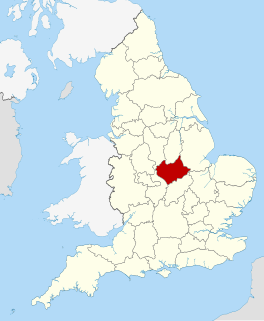
Leicestershire Police is the territorial police force responsible for policing Leicestershire and Rutland in England. Its headquarters are at Enderby, Leicestershire.
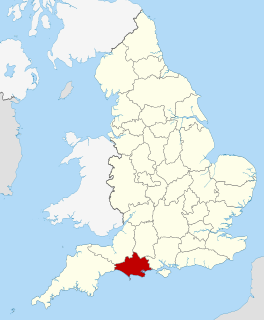
Dorset Police is the territorial police force responsible for policing the county of Dorset in the south-west of England, which includes the largely rural area covered by Dorset Council, and the urban conurbation of Bournemouth, Christchurch and Poole.
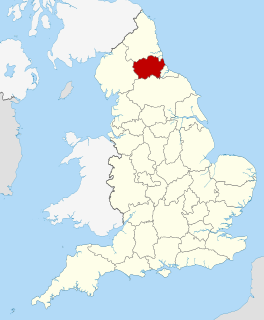
Durham Constabulary is the territorial police force responsible for policing ceremonial county of County Durham in North East England. The force’s area is bordered by Cumbria Constabulary to the west, Cleveland Police to the south east, North Yorkshire Police to the south and Northumbria Police to the north.

Her Majesty's Inspectorate of Constabulary and Fire & Rescue Services (HMICFRS), formerly Her Majesty's Inspectorate of Constabulary (HMIC), has statutory responsibility for the inspection of the police forces, and since July 2017 the fire and rescue services, of England and Wales. HMICFRS is headed by the Chief Inspector of Constabulary and Chief Inspector of Fire & Rescue Services. It has taken over the responsibilities of Her Majesty's Fire Service Inspectorate.

Gloucestershire Constabulary is the territorial police force responsible for policing the non-metropolitan county of Gloucestershire in England.

Nottinghamshire Police is the territorial police force responsible for policing the shire county of Nottinghamshire and the unitary authority of Nottingham in the East Midlands of England. The area has a population of just over 1 million.
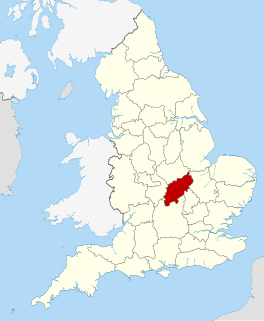
Northamptonshire Police is the territorial police force responsible for policing the county of Northamptonshire in the East Midlands of England, in the United Kingdom.

The Surrey Fire and Rescue Service is the statutory fire and rescue service for the County of Surrey, England, with 25 fire stations. It comes under the administrative and legislative control of Surrey County Council, acting as the Fire Authority who fund the service by collecting a precept via council tax, and from central government funds, known as a grant settlement, and provide the political leadership for the service.

The West Sussex Fire and Rescue Service is the statutory fire and rescue service for the administrative county of West Sussex, England. It is part of West Sussex County Council. As of March 2018, the county has 25 fire stations.

Merseyside Fire and Rescue Service is the statutory fire and rescue service covering the county of Merseyside in north-west England and is the statutory Fire and Rescue Authority responsible for all 999 fire brigade calls in Sefton, Knowsley, St. Helens, Liverpool and Wirral.

Cheshire Fire and Rescue Service is the statutory fire and rescue service for the English county of Cheshire, consisting of the unitary authorities of Cheshire East, Cheshire West and Chester, Halton and Warrington. It operates 28 fire stations. The service is led by Chief Fire Officer Mark Cashin, who was appointed in 2018, and the Service Management Team. It is managed by the Cheshire Fire Authority, which is composed of councillors from the local communities of Cheshire, Halton and Warrington. They make decisions on issues such as policy, finance and resources.

East Sussex Fire & Rescue Service (ESFRS) is the statutory fire and rescue service for the county of East Sussex and city of Brighton and Hove, England. It is headquartered in Lewes. The service has a total of 24 fire stations.

The Northamptonshire Fire and Rescue Service (NFRS) is a fire and rescue service covering the county of Northamptonshire, United Kingdom. NFRS covers an area of 948 square miles (2,460 km2) area with a population of around 750,000.

Figures on crime in London are based primarily on two sets of statistics: the Crime Survey for England and Wales (CSEW) and police recorded crime data. Greater London is generally served by three police forces; the Metropolitan Police which is responsible for policing the vast majority of the capital, the City of London Police which is responsible for The Square Mile of the City of London, and the British Transport Police which polices the national rail network and the London Underground. A fourth police force in London, the Ministry of Defence Police, do not generally become involved with policing the general public. London also has a number of small constabularies for policing parks. Within the Home Office crime statistic publications Greater London is referred to as the London Region.
Crime statistics in the United Kingdom refers to the data collected in the United Kingdom, and that collected by the individual areas, England and Wales, Scotland and Northern Ireland, which operate separate judicial systems. It covers data related to crime in the United Kingdom. As with crime statistics elsewhere, they are broadly divided into victim studies and police statistics. More recently, third-party reporting is used to quantify specific under-reported issues, for example, hate crime.
The National Standard for Incident Recording is used in England and Wales to standardise the collection of information by police force about most types of incident reported to them. The National Standard for Incident Recording is sometimes confused with The National Crime Recording Standard.


















